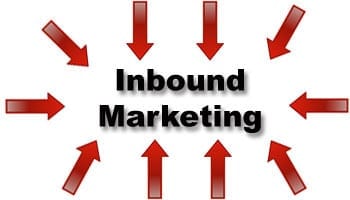When was the last time you watched an entire ad on a YouTube video?
No, I’m not talking about a YouTube video that’s a commercial. I’m talking about the annoying ads that make you watch the first five seconds of their ad before you can watch what you really want to watch. They’re really annoying, right? They’re also a result of outdated traditional “interruption” marketing.

photo credit: Folk Media via photopin cc
Traditional marketing uses interruption as the entry to sales opportunities. Cold calling, pop-up ads, and door-to-door salesmen are just a few examples of traditional marketing methods. The fundamental flaw in traditional marketing is thinking that interrupting potential clients mid-stream is an effective way to gain their business.
Spoiler alert: it’s not effective; it’s annoying.
Thank God marketing has made a great shift to its new strategy of inbound marketing. It sounds great, but what is inbound marketing? Inbound marketing uses relevant, focused content such as blog posts, social media, webinars, eBooks, case studies, white papers, really any type of targeted content to attract potential clients to your brand.
The inbound part of inbound marketing happens when targeted content compels readers to act on an opportunity to engage your brand. This can happen in a variety of ways. For example…
- Prospects can sign up for a free offer or product in exchange for subscribing to an email marketing list.
- Readers can click on a call-to-action button to get connected with a team member via phone, chat, or email.
- Brands can hold a Q&A on Twitter covering any questions their audience might ask about their industry.
There’s no interruption, only education and an opportunity to engage the prospect further down the sales conversion funnel. Research has shown that the average consumer is 70% down the sales conversion funnel before even contacting a brand representative. Focused inbound marketing allows prospects to thoroughly engage the information and consideration phases of sales conversion.
Inbound Marketing can replace your out-dated interruption marketing and save your brand’s reputation. Quality, fresh content can build your brand’s authority, establish your credibility, and answer many questions any prospect might have as they consider your product or services.


